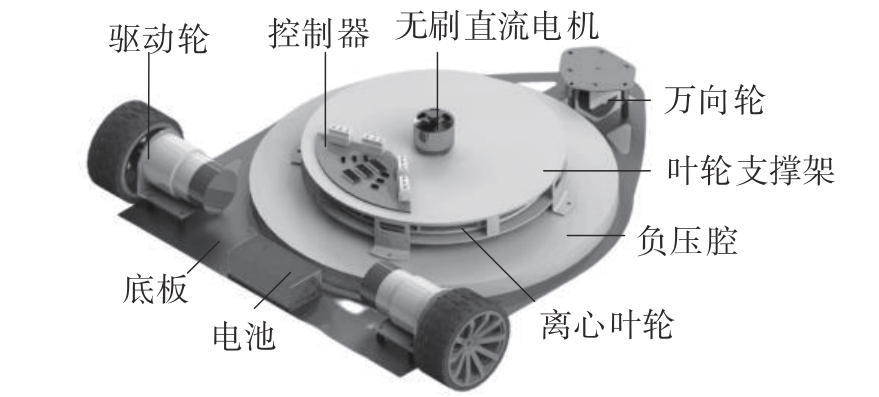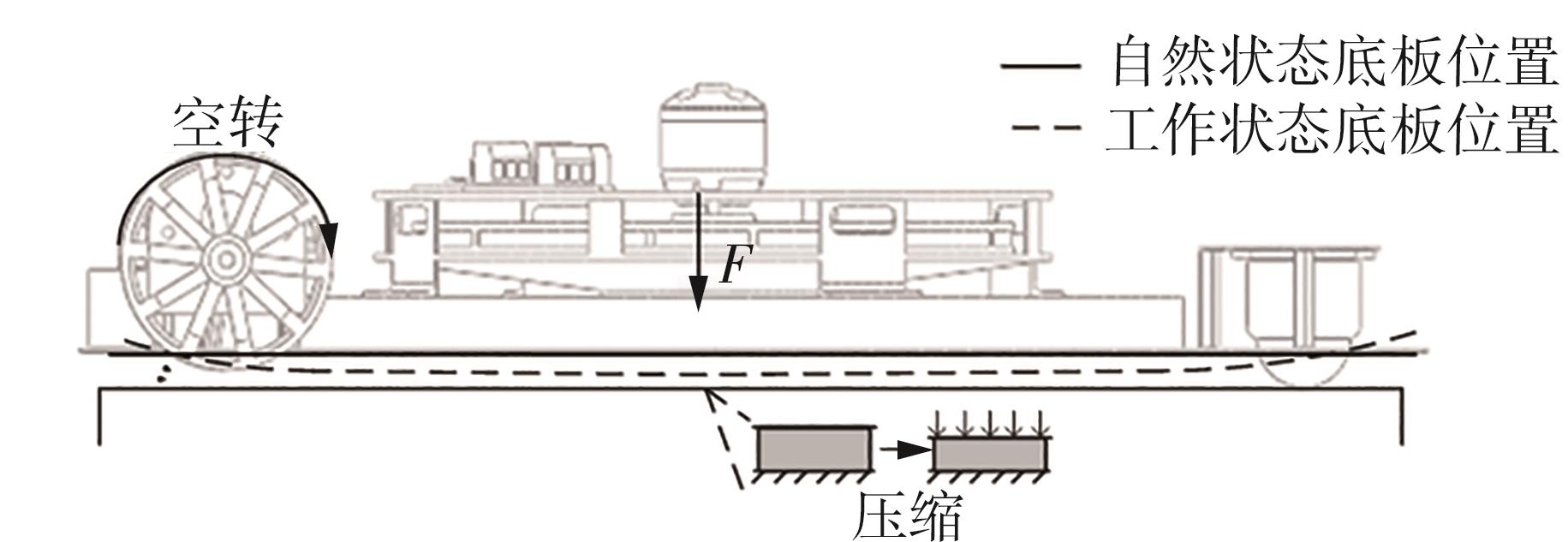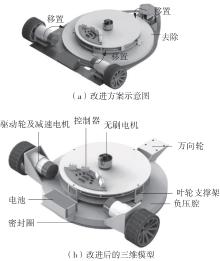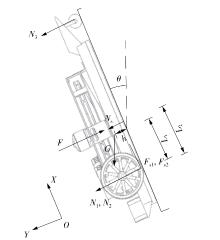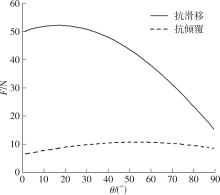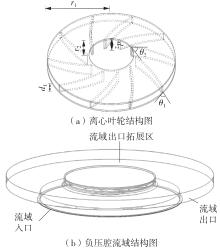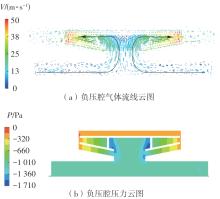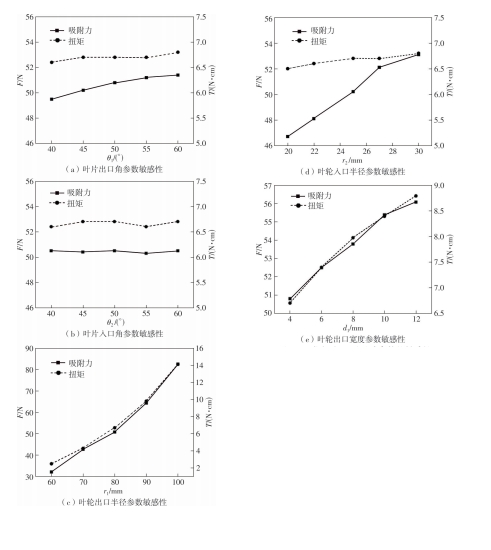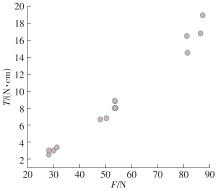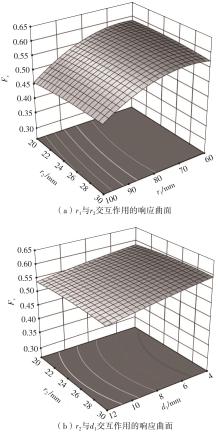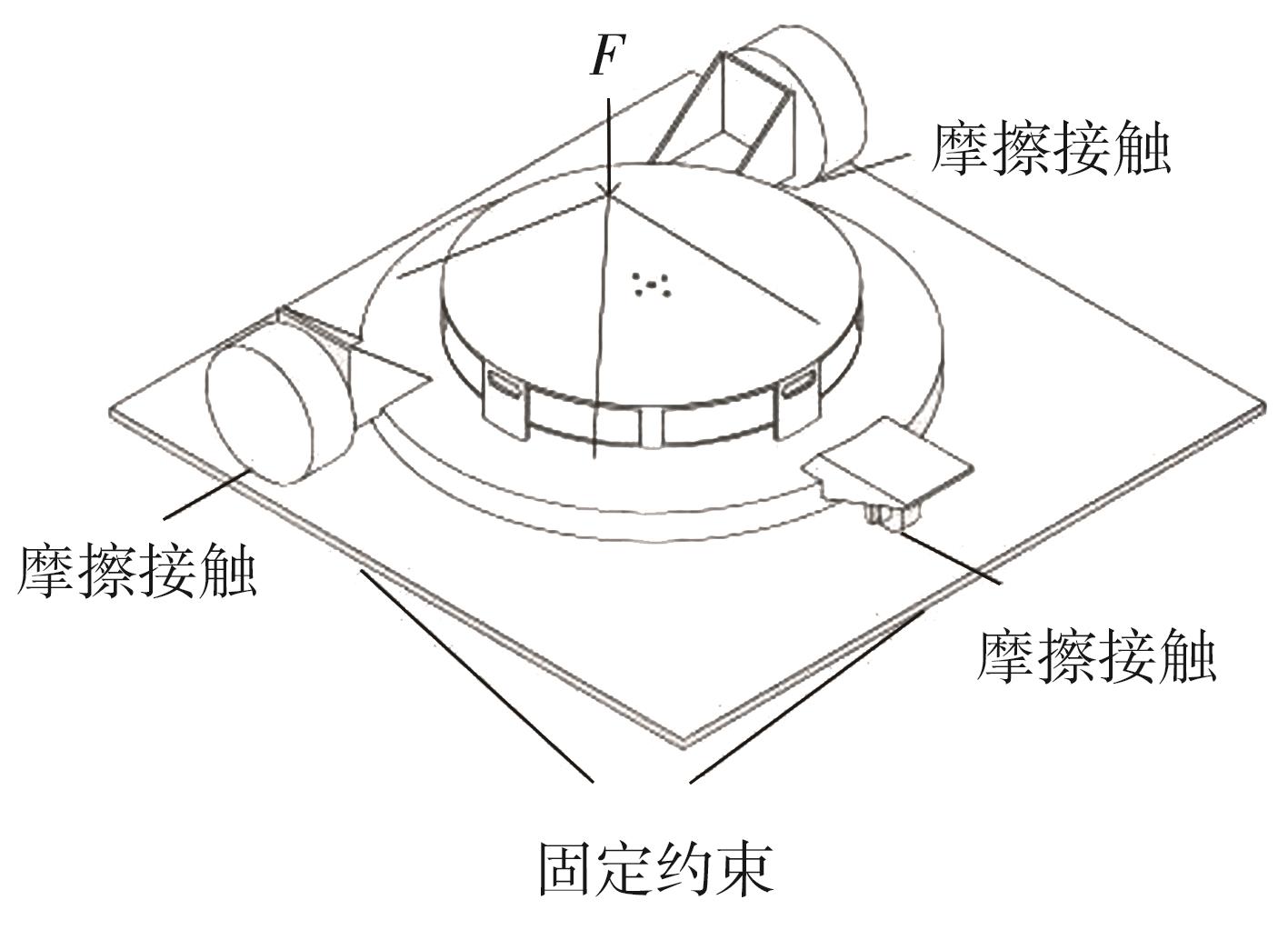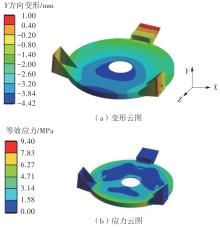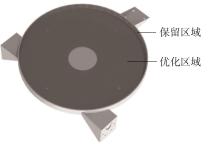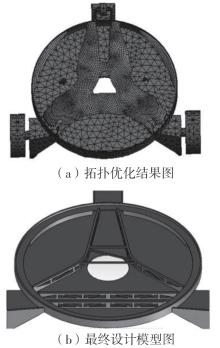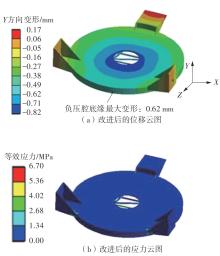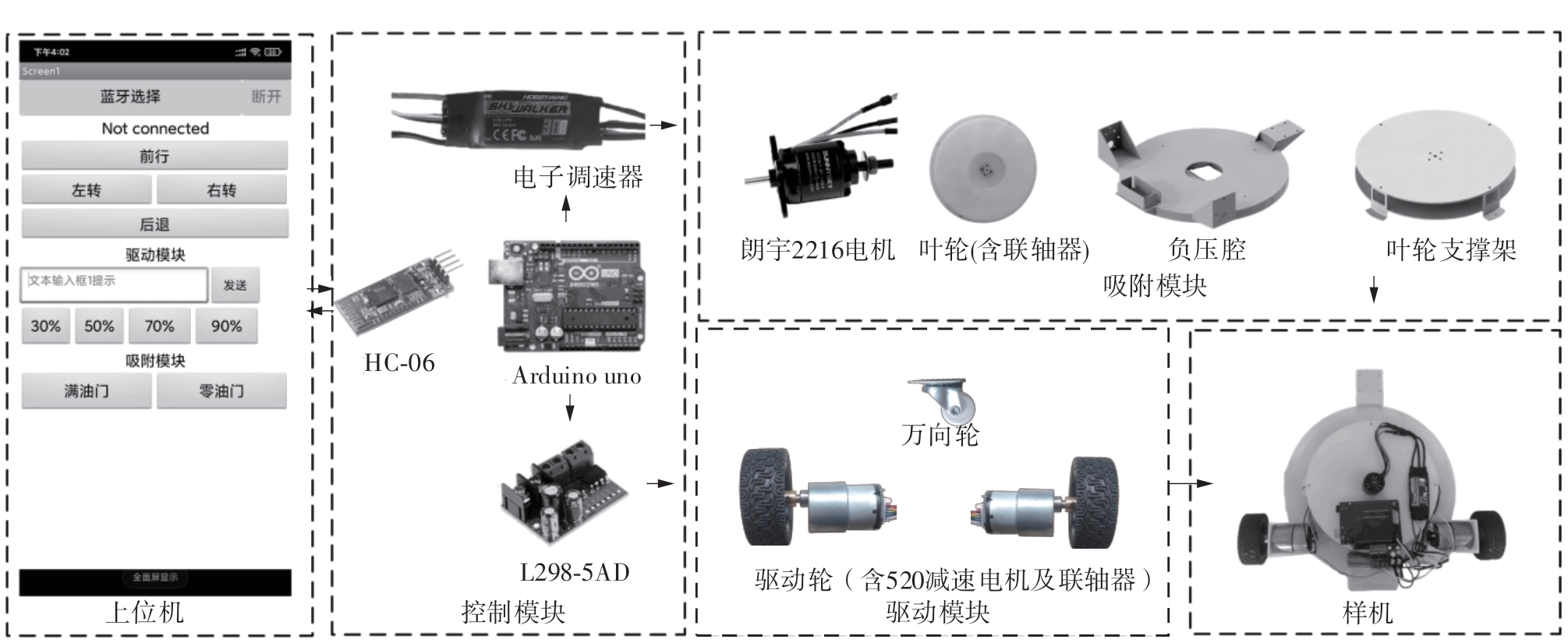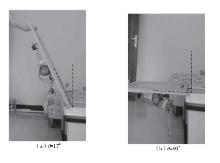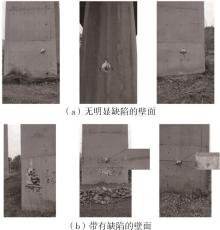| 1 |
戴若星 .公路桥梁定期检查评定系统研究与开发[D].石家庄:石家庄铁道大学,2021.
|
| 2 |
戴启凡 .桥梁检测爬壁机器人及其自适应控制技术研究[D].南京:南京理工大学,2014.
|
| 3 |
杨衍舒 .桥底检测爬壁机器人控制系统开发[D].南京:南京理工大学,2013.
|
| 4 |
贺拴海,王安华,朱钊,等 .公路桥梁智能检测技术研究进展[J].中国公路学报,2021,34(12):12-24.
|
|
HE Shuanhai, WANG Anhua, ZHU Zhao,et al .Research progress of intelligent detection technology for highway bridges[J].China Journal of Highway and Transport,2021,34(12):12-24.
|
| 5 |
刘理,王耀南,张辉,等 .桥梁检测机器人作业规划与位姿优化方法研究[J].仪器仪表学报,2019,40(7):147-158.
|
|
LIU Li, WANG Yaonan, ZHANG Hui,et al .Research on operation planning and position & pose optimization method for bridge inspection robot[J].Chinese Journal of Scientific Instrument,2019,40(7):147-158.
|
| 6 |
FANG Y, WANG S, BI Q,et al .Design and technical development of wall-climbing robots:a review[J].Journal of Bionic Engineering,2022,19(4):877-901.
|
| 7 |
NISHI A .Development of wall-climbing robots[J].Computer & Electrical Engineering,1996,22(2):123-149.
|
| 8 |
ALTAF M, EBALL A, XU Y R,et al .Design of a climbing robot platform with protection device[J].International Journal of Advanced Robotic Systems,2017,14(4):1-14.
|
| 9 |
滕迪 .负压爬壁机器人及其控制技术研究[D].北京:北京理工大学,2016.
|
| 10 |
张明亮 .负压吸附式船舶清洗爬壁机器人关键技术研究[D].北京:北京理工大学,2018.
|
| 11 |
任志奇 .负压吸附式爬壁机器人的设计与研究[D].北京:华北电力大学,2018.
|
| 12 |
姜瑞华 .履带式爬壁机器人吸附装置流体动力学分析及优化研究[D].长春:吉林大学,2021.
|
| 13 |
余凡 .轻量化负压爬壁机器人的设计与研究[D].昆明:昆明理工大学,2021.
|
| 14 |
李轩 .高比转速离心通风机内部流动损失机理及优化设计研究[D].西安:西安理工大学,2019.
|
| 15 |
成心德 .离心通风机[M].北京:化学工业出版社,2007.
|
| 16 |
陈国雄,曹阳,张大斌,等 .角钢法兰焊接机器人龙门架结构静动态特性与轻量化研究[J].现代制造工程,2022(9):62-71.
|
|
CHEN Guoxiong, CAO Yang, ZHANG Dabin,et al .Research on static and dynamic characteristics and lightweight of gantry structure of angle steel flange welding robot[J].Modern Manufacturing Engineering,2022(9):62-71.
|
| 17 |
BAIZHUMA Z, KIM T,SON C .Numerical method to predict ice accretion shapes and performance penalties for rotating vertical axis wind turbines under icing conditions[J].Journal of Wind Engineering and Industrial Aerodynamics,2021,216:104708/1-14.
|
| 18 |
ZAREI A, ROOHOLAMINI H, OZBAKKALOGLU T .Evaluating the properties of concrete pavements containing crumb rubber and recycled steel fibers using response surface methodology[J].International Journal of Pavement Research and Technology,2022,15(2):470-484.
|
| 19 |
陈洪武,田铖,彭聪聪 .基于Box-Behnken法的曲柄结构优化设计[J].机械强度,2017,39(5):1220-1223.
|
|
CHEN Hongwu, TIAN Cheng, PENG Congcong .Optimal design of crank based on Box-Behnken method[J].Journal of Mechanical Strength,2017,39(5):1220-1223.
|
| 20 |
KALLIAS A N, RAFIQ M I .Performance assessment of corroding RC beams using response surface methodology[J].Engineering Structures,2013,49:671-685.
|
| 21 |
AGRAWAL M, SARAF S, PRADHAN M,et al .Design and optimization of curcumin loaded nano lipid carrier system using Box-Behnken design[J].Biomedicine & Pharmacotherapy,2021,141:111919/1-13.
|
| 22 |
骆清国,尹洪涛,宁兴兴 .基于综合评价函数的冷却风扇蜗壳多参数优化[J].兵工学报,2016,37(4):584-590.
|
|
LUO Qingguo, YIN Hongtao, NING Xingxing .Multi-parameter optimization of cooling fan volute based on comprehensive evaluation function[J].Acta Armamentarii,2016,37(4):584-590.
|
| 23 |
赖欣,师靖远,彭天宇,等 .爬壁机器人变密度拓扑优化吸附结构研究[J].机械科学与技术,2021,40(6):821-827.
|
|
LAI Xin, SHI Jingyuan, PENG Tianyu,et al .Research on adsorption structure of wall climbing robot with variable density topology optimization[J].Mechanical Science and Technology for Aerospace Engineering,2021,40(6):821-827.
|

